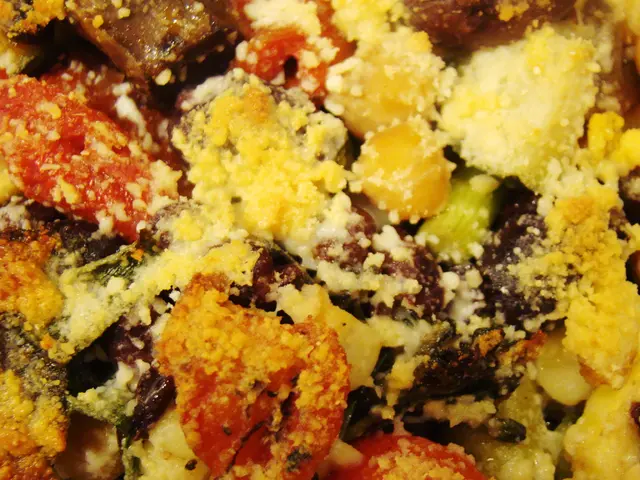Recognizing Rotten Foods
Spotting Spoiled Food: A Guide to Safety
File Attachment 📄
Did you know that spotting spoiled food is crucial to ensure safety and prevent potential health risks? Food spoilage can occur due to microbial activity, chemical changes, or improper storage methods. Here's a breakdown of key indicators to help you recognize food spoilage.
1. Visual Cues
Appearance
- Unusual Discoloration: Foods may show off-color patches such as green, brown, or pale shades. For instance, meat can darken or grow spots.
- Mold Growth: Fungal growths in various colors like white, blue, black, or green signal spoilage. Mold can not only grow on the surface but also penetrate into the food.
- Unusual Texture: Be wary of slimy films on meats or vegetables or mushiness in produce. These are red flags.
2. Odors
Scent
- Foul Smell: A strong, unpleasant or rancid odor that doesn't match the food's natural scent suggests microbial activity.
- Off-Flavors: Spoiled dairy products, for example, often yield a sour or ammonia-like smell.
3. Feel
Tactile Clues
- Slimy or Sticky Texture: Foods like lunch meats or vegetables with a tacky texture are unsafe to eat.
4. Chemical and Microbial Indicators
Spoilage can also be identified through chemical changes caused by microbial activity:- Gas Formation: Bloating in packaging or rising air bubbles in canned goods can indicate bacterial activity.- Volatile Substances: Compounds like ammonia (NH3), hydrogen sulfide (H2S), and carbon dioxide (CO2) result from microbial metabolism and signal spoilage.- Acidic or Basic Changes: Although subtle, pH shifts can alter the taste and appearance of food due to bacterial growth.
4. Specific Foods
Be Aware of these Signs:
- Canned Goods: Unsealed lids, bulging tops, unnatural colors, and spurting liquid upon opening are signs of spoilage.
- Frozen Foods: Frost buildup and ice crystals may indicate freezer burn but don't necessarily mean the food is spoiled.
- Meat: Spoiled meat may exhibit discoloration, sliminess, foul odor, and gas production due to protein and lipid breakdown.
5. Prevention Strategies
To minimize spoilage:- Store foods at appropriate temperatures to inhibit bacterial growth.- Use airtight containers to reduce exposure to oxygen.- Practice good hygiene during preparation and storage.
For Further Reading
Remaining vigilant about spoiled food through sensory cues and chemical changes is key to maintaining safety. When in doubt, toss questionable items rather than risk health complications.
Incorporating knowledge from the guide, we can emphasize the importance of recognizing spoiled food not only in traditional categories like meat and canned goods, but also in aspects of health-and-wellness and lifestyle, such as judging the freshness of homemade food like cooked vegetables or choosing appropriate foodstuffs for a balanced, nutritious cooking regime in the realm of food-and-drink. Furthermore, it's valuable to apply the principles of spotting spoilage, such as checking for visual cues, odors, and tactile clues, in a broader context, even when pursuing health-and-wellness and lifestyle choices like mindful cooking or following well-being routines that incorporate the consumption of certain foods.








